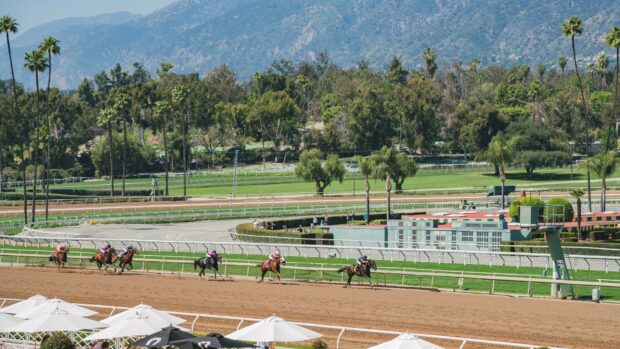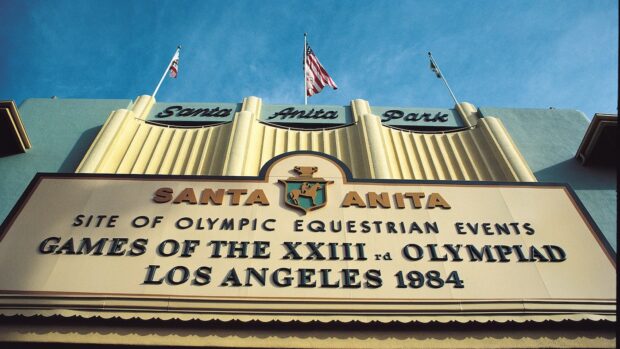Even if you have worked hard there will always be a certain element of luck involved, but try to leave as little as possible to chance.
Whether you are schooling on the flat or over fences, get into the habit of working your horse accurately iuse letter markers, cones or poles if necessary to increase your awareness of this. The more you can develop this skill, the easier you will find it to tackle a course of show jumps.
Another important part of your preparation is to ensure your horse is used to jumping as many different types of fences as possible. This way he won¨t be fazed by anything he meets in the ring and you will know the best way to approach these jumps.
Tatty looking poles and wings at home can be smartened up with a lick of paint and it is also worth considering hiring facilities at a riding centre to gain experience both of fences you may not have at home and of riding in a strange environment.
Don’t just school over single jumps or grids set in straight lines, but practise riding over courses. You don’t need a lot of jumps to do this – just three fences are sufficient if you use your imagination.
Analyse problems or weaknesses you or your horse have and focus on overcoming them. For example, work at being able to set your horse up for either canter lead on landing after a fence so that you can be balanced, accurate and ready for the next jump.
It is important you know the rules for any classes you enter – nothing can be more disappointing than turning up at a show and not being allowed to take part because you are not wearing the right gear or being eliminated because you went before the bell. Check up in the BSJA Rulebook if necessary as unaffiliated classes are usually run along the same lines as affiliated ones.


